 We at George Brummell Bespoke Tailors of London pride ourselves on having the experience behind us to confidently advise our clients when it comes to choosing a suit and making those important decisions of style and material choices which will meet their specific needs.
We at George Brummell Bespoke Tailors of London pride ourselves on having the experience behind us to confidently advise our clients when it comes to choosing a suit and making those important decisions of style and material choices which will meet their specific needs.
The process begins when the client meets with us to place an order. Time is taken to select a garment material for the weight, colour and design which we feel will suit our client’s build, lifestyle and skin tone. We offer a comprehensive choice from hundreds of the highest quality fabrics, mainly from English and Scottish mills and supplied by Savile Row’s top cloth merchants. All our materials are the best quality available and will vary from the most common normal wearing Super 90s to the more luxurious Super 100s, 120s and 150s: the higher the number the more luxurious and softer the material will be, going right up the scale to cashmere and vicuna.
The client will then meet the cutter who will be responsible for every aspect of the suit-making process. He will take approximately 20 measurements of the client, from which he will cut a paper template using an intricate cutting system. In the next step of the process, the garment is cut out by hand using the client’s template and taking care to match checked and striped patterns where necessary. The item is then trimmed using the highest grade materials possible, from the inside body canvasses to the linings, from horn or mother of pearl buttons to matching silk twist for the hand-made button holes.
 The garments are then given to individual tailors who, under the supervision of our master tailor, will make them up for a fitting following the cutter’s instructions. The inside canvas is called a loose canvas, forming a ‘soft shaped’ mould which the tailor needs to take particular care making up because it needs to retain its shape for as long as the coat is worn. This is very different from the usual construction nowadays which sticks the canvas on to the cloth using heat treatments and glue, which means they are unable to retain the shape and style which is associated with Savile Row.
The garments are then given to individual tailors who, under the supervision of our master tailor, will make them up for a fitting following the cutter’s instructions. The inside canvas is called a loose canvas, forming a ‘soft shaped’ mould which the tailor needs to take particular care making up because it needs to retain its shape for as long as the coat is worn. This is very different from the usual construction nowadays which sticks the canvas on to the cloth using heat treatments and glue, which means they are unable to retain the shape and style which is associated with Savile Row.
After the first fitting, the cutter rips everything apart, lays the pieces flat and recuts the garments for the tailor. We like to make sure the client is happy and we will only take the garments to the finished stage when this is the case. For new clients, we usually request a minimum of three fittings for his first suit but normally this process can be shortened when the client places future orders because, as the client is fitted, the cutter amends the paper pattern giving us a tried and tested template. This will allow us on occasions to finish the outfit without primary fittings, thus drastically reducing the length of time it takes to finish the suit. In addition, when clients change shape it will not be necessary to make a new template because we can alter the existing one; please be aware that our suits incorporate inlays that allow outfits to be made bigger by 3 inches (7.5 cm) to cater for the expanding waistline.
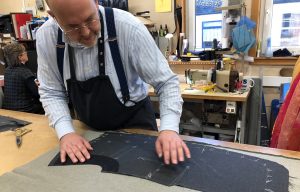 This very labour-intensive process will take a minimum of 60 working hours to complete. We pride ourselves in our product, using traditional and reliable construction methods to produce an individually made suit by hand which exactly meets the needs and demands of our clients.
This very labour-intensive process will take a minimum of 60 working hours to complete. We pride ourselves in our product, using traditional and reliable construction methods to produce an individually made suit by hand which exactly meets the needs and demands of our clients.
The first order for bespoke suit from George Brummell Bespoke Tailors of London can take up to 12 weeks as this may require between one to three fittings before the bespoke suit can be finished. For subsequent orders, the time can be around six weeks, as we keep our clients’ measurements and paper patterns.
www.georgebrummell.co.uk
Twitter | Facebook | LinkedIn
We at George Brummell Bespoke Tailors of



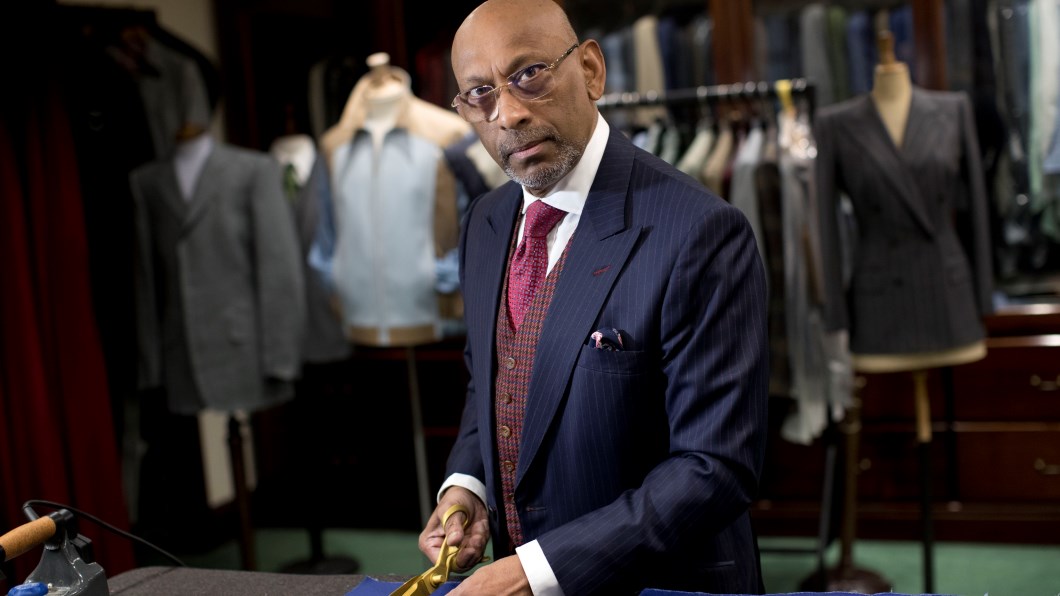
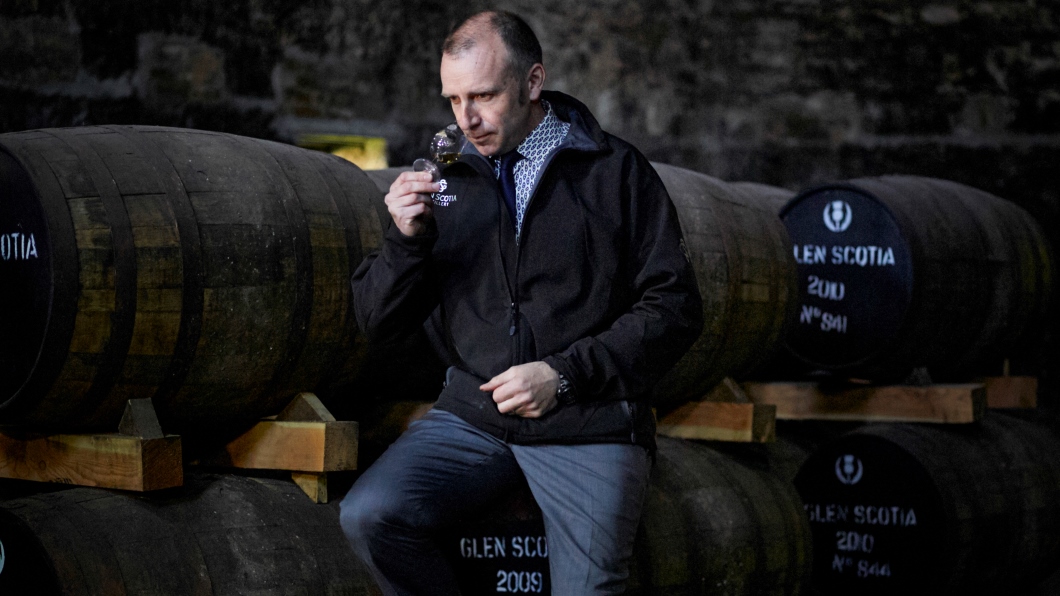
 The Glen Scotia distillery, which has a history dating back to 1832, is located in Campbeltown, on the Kintyre Peninsula. In Victorian time, Campbeltown, which is the smallest and one of the most remote of Scotland’s five Scotch whisky producing regions, was known as the ‘whisky capital of the world’ and home to more than 30 distilleries. Today, Glen Scotia is one of just three surviving local distilleries. Its award-winning whiskies are known for their distinctive maritime influence and are representative of the traditional Campbeltown character.
The Glen Scotia distillery, which has a history dating back to 1832, is located in Campbeltown, on the Kintyre Peninsula. In Victorian time, Campbeltown, which is the smallest and one of the most remote of Scotland’s five Scotch whisky producing regions, was known as the ‘whisky capital of the world’ and home to more than 30 distilleries. Today, Glen Scotia is one of just three surviving local distilleries. Its award-winning whiskies are known for their distinctive maritime influence and are representative of the traditional Campbeltown character.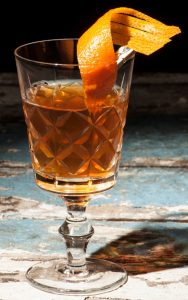 The Proud Mary cocktail pays tribute to Scots poet Robert Burns’ love interest, Mary who lived opposite the Glen Scotia distillery in Campbeltown and was born and bred in the town. The Glen Scotia Double Cask is one of the sweetest Glen Scotia expressions, matured in first-fill bourbon barrels before being finished in Pedro-Ximénez sherry casks, providing the perfect balance of spicy fruits, sea spray and vanilla.
The Proud Mary cocktail pays tribute to Scots poet Robert Burns’ love interest, Mary who lived opposite the Glen Scotia distillery in Campbeltown and was born and bred in the town. The Glen Scotia Double Cask is one of the sweetest Glen Scotia expressions, matured in first-fill bourbon barrels before being finished in Pedro-Ximénez sherry casks, providing the perfect balance of spicy fruits, sea spray and vanilla.
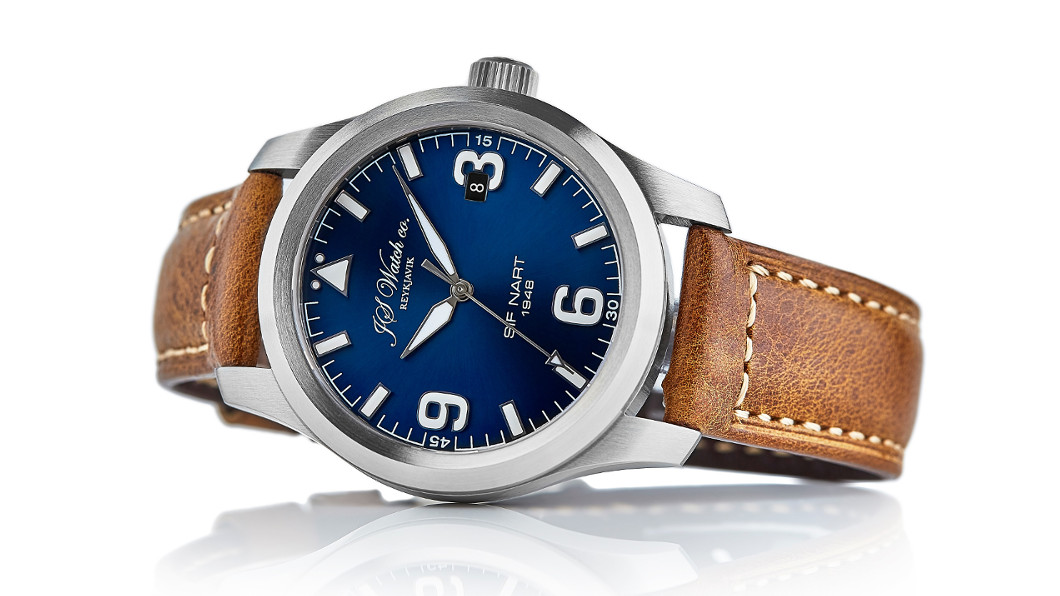
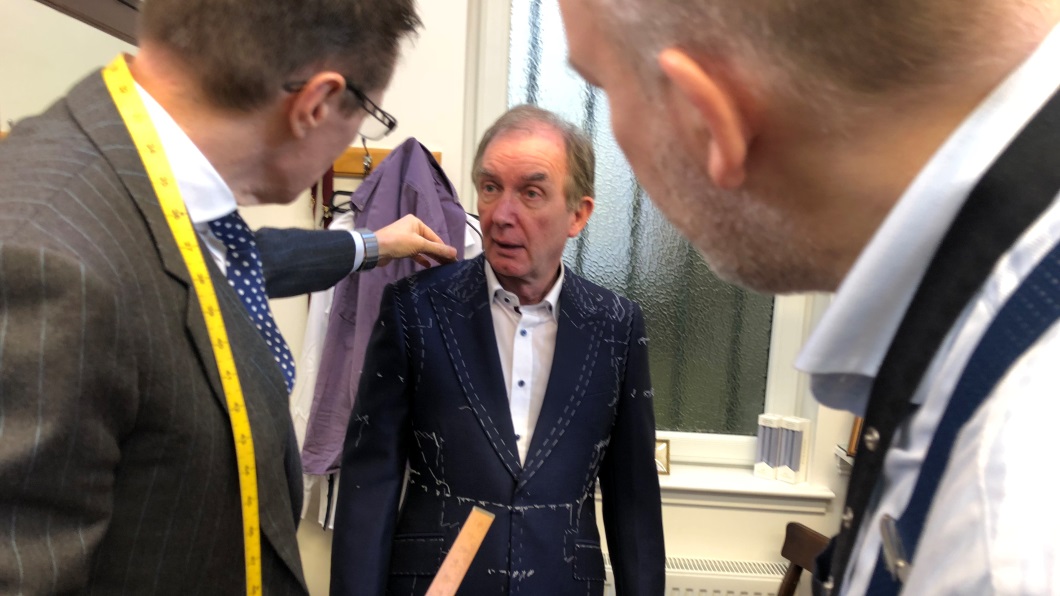
 We at George Brummell Bespoke Tailors of London pride ourselves on having the experience behind us to confidently advise our clients when it comes to choosing a suit and making those important decisions of style and material choices which will meet their specific needs.
We at George Brummell Bespoke Tailors of London pride ourselves on having the experience behind us to confidently advise our clients when it comes to choosing a suit and making those important decisions of style and material choices which will meet their specific needs. The garments are then given to individual tailors who, under the supervision of our master tailor, will make them up for a fitting following the cutter’s instructions. The inside canvas is called a loose canvas, forming a ‘soft shaped’ mould which the tailor needs to take particular care making up because it needs to retain its shape for as long as the coat is worn. This is very different from the usual construction nowadays which sticks the canvas on to the cloth using heat treatments and glue, which means they are unable to retain the shape and style which is associated with Savile Row.
The garments are then given to individual tailors who, under the supervision of our master tailor, will make them up for a fitting following the cutter’s instructions. The inside canvas is called a loose canvas, forming a ‘soft shaped’ mould which the tailor needs to take particular care making up because it needs to retain its shape for as long as the coat is worn. This is very different from the usual construction nowadays which sticks the canvas on to the cloth using heat treatments and glue, which means they are unable to retain the shape and style which is associated with Savile Row. This very labour-intensive process will take a minimum of 60 working hours to complete. We pride ourselves in our product, using traditional and reliable construction methods to produce an individually made suit by hand which exactly meets the needs and demands of our clients.
This very labour-intensive process will take a minimum of 60 working hours to complete. We pride ourselves in our product, using traditional and reliable construction methods to produce an individually made suit by hand which exactly meets the needs and demands of our clients.